OeAW’s APART-USA Programme Attracts Leading Scientists from Prestigious US Universities
Austria Gains Brainpower as US Scholars Seek Academic Freedom Abroad
A team of eminent researchers from some of the top US universities, such as Harvard, MIT, and Princeton, will be continuing their research activities in Austria after the Austrian Academy of Sciences (OeAW) launched the APART-USA scholarship programme. From postdoctoral fellows to senior professors,these scholars are working in varied disciplines of physics, chemistry, computer science, life sciences, cultural studies, and the humanities. This collaboration between Harvard, MIT, and Princeton is an important milestone for international scientific and technological cooperation.
The OeAW President reportedly praised the success of the programme, observing that the presence of such scholars from leading US institutions in the sciences would introduce new ideas, international connections, and international recognition to Austria's research stage. He posited that the turn was partly a reaction to the political environment in America, which had resulted in a significant brain gain for Austria. Austria's Federal Minister for Women, Science, and Research was also quoted as stating that the nation stood firmly in opposition to increasing political interference within academia. She stressed that academic freedom continued to be a pillar of democracy and that Austria had established itself as a haven of research with its Perspectives Package. The high demand for the programme was considered a gauge of its appropriateness and relevance.
The APART-USA program was announced to counter increasing uncertainty in the US research community during the Trump presidency. It provides established researchers from MIT University, USA, Harvard University, foreign scholars, and Princeton University researchers with a secure and well-funded platform to pursue their work at Austrian host institutions. Both the American researchers and the Austrian host institutions have warmly received the program, which extended to them the opportunity of nominating candidates for the scholarship.
All the 25 provided scholarships will be for four years and worth €500,000 each. The financial support comes mainly from Fonds Zukunft Österreich (FZÖ) with supplementary funding from the host institutions. The scholars will be hosted at a broad spectrum of Austrian universities and research institutions in Vienna, Innsbruck, Graz, Linz, and Salzburg. This science and technology research exchange program will help reinforce academic research cooperation and enhance the world's top scientists. The researchers from leading US institutions are being hosted across a wide network of Austrian universities and research centres. These include the Institute of Science and Technology Austria (ISTA), the Medical Universities in Innsbruck and Vienna, and the Austrian Academy of Sciences. Technical and applied sciences are supported through placements at Graz University of Technology, TU Wien, and BOKU University.
In addition, scholars are continuing their work at the Universities of Graz, Innsbruck, Linz, Salzburg, and Vienna, as well as at the University of Veterinary Medicine in Vienna. This broad institutional spread reflects Austria’s commitment to fostering international academic research partnerships and strengthening its position in global science and technology collaboration. This growth is a sign of an international trend in university programmes, wherein students from top US universities are looking more and more towards secure and friendly environments for research outside their own countries. Austria's strategic move to global academic security has made it a leading destination for high-level research and partnerships.
Editor's Note
Austria's decision to open its arms to the best brains from Harvard, MIT, Princeton and other elite US universities is a victory for research in academic circles,and also a subtle rebuff to meddling by politicians. Amidst a tightening grip by the US on science through visa controls and ideological coercion, Austria has punched above its weight by speaking out with conviction and clarity. The APART-USA programme is not only a grant; it's a declaration. These scientists,masters of all from the physical and life sciences to the study of culture,are opting for security rather than insecurity. And that says something. When global talent feels pushed out of one of the world's top research countries, it's not only a loss to the US, it's a gain for any country willing to stand up for academic freedom. Austria's investment in foreign university programmes and science and technology research exchange is timely and strategic. It consolidates global academic research collaborations and places Austria on the map as a serious contender in the world network of top scientists' collaboration. The reality that these academics are now working across Austrian institutions, Vienna to Innsbruck, is evidence that brain gain exists, and safe havens count.
Skoobuzz observes that Austria has made a smart and brave choice. By welcoming top minds from Harvard, MIT, and Princeton, it has shown that science should be free from politics. These researchers are choosing safety and support over pressure and uncertainty. Austria’s move proves that when a country values knowledge and freedom, it becomes a place where great ideas can grow.
FAQs
1. Why are Harvard and MIT scholars working in Austria?
Some scholars from Harvard, MIT, and other top US universities have chosen to work in Austria because of growing uncertainty in the US research environment. Austria offers them stable funding, academic freedom, and strong support for science. The APART-USA programme gives them a chance to continue their research without political pressure.
2. What is the OeAW academic programme?
The APART-USA programme is run by the Austrian Academy of Sciences (OeAW). It gives long-term funding to excellent US researchers who already hold a doctorate. They are invited to work at Austrian universities and research centres for four years, with each scholarship worth €500,000.
3. How do US universities collaborate internationally?
US universities often work with institutions abroad through joint research projects, student exchanges, and academic partnerships. These collaborations help share knowledge, build global networks, and support science and technology research exchange across borders.
4. Which top US universities partner with Europe?
Harvard, MIT, and Princeton are among the top US universities that regularly partner with European institutions. They take part in joint studies, conferences, and international university programmes, especially in areas like climate science, engineering, and medicine.
5. What role does Princeton play in global research?
Princeton University supports global research by working with international teams, funding cross-border projects, and encouraging its scholars to study and teach abroad. It plays a key role in academic research partnerships and helps shape global thinking in science, humanities, and public policy.







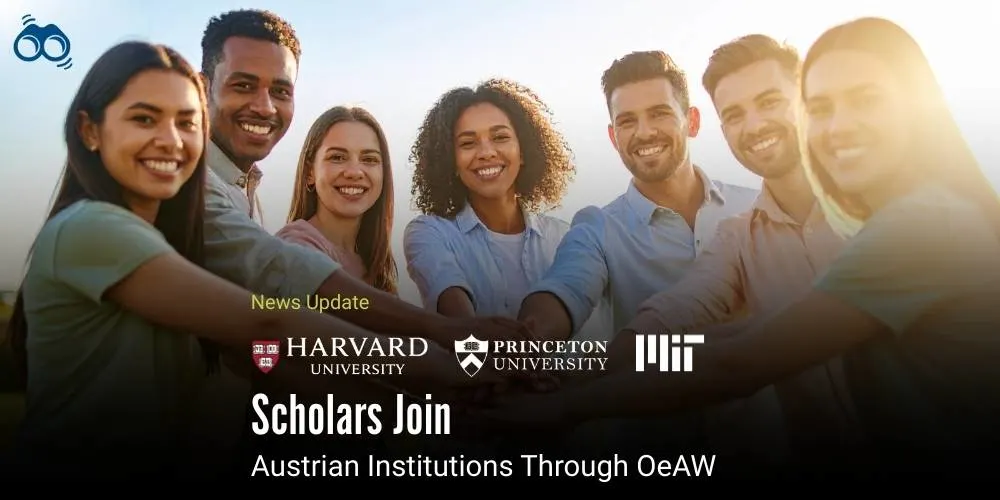
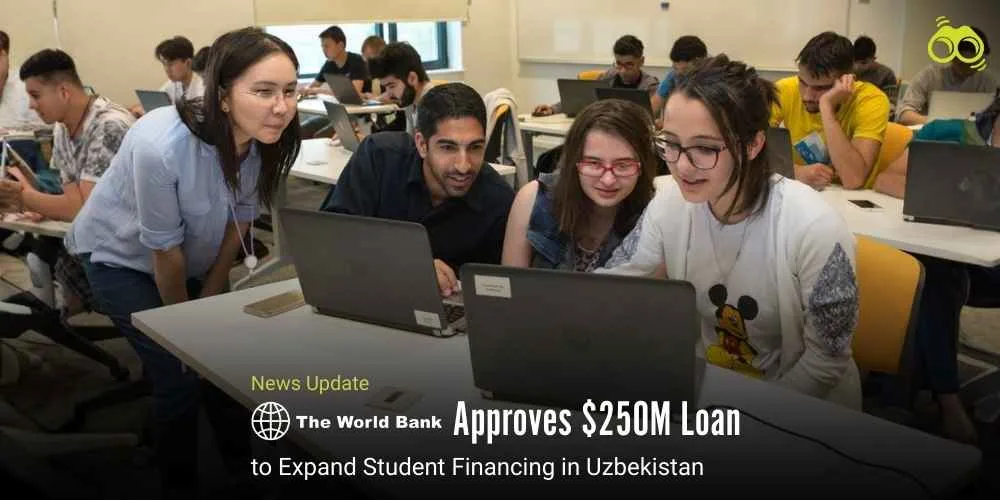

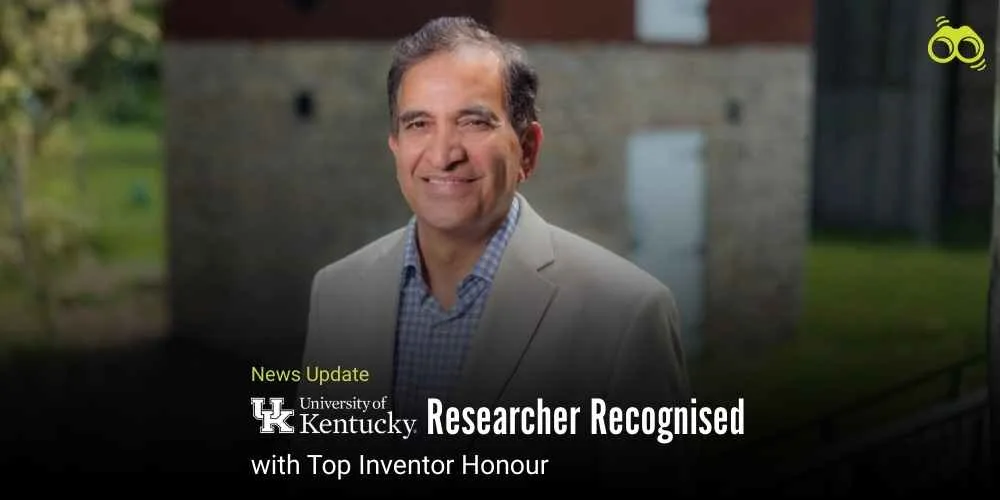
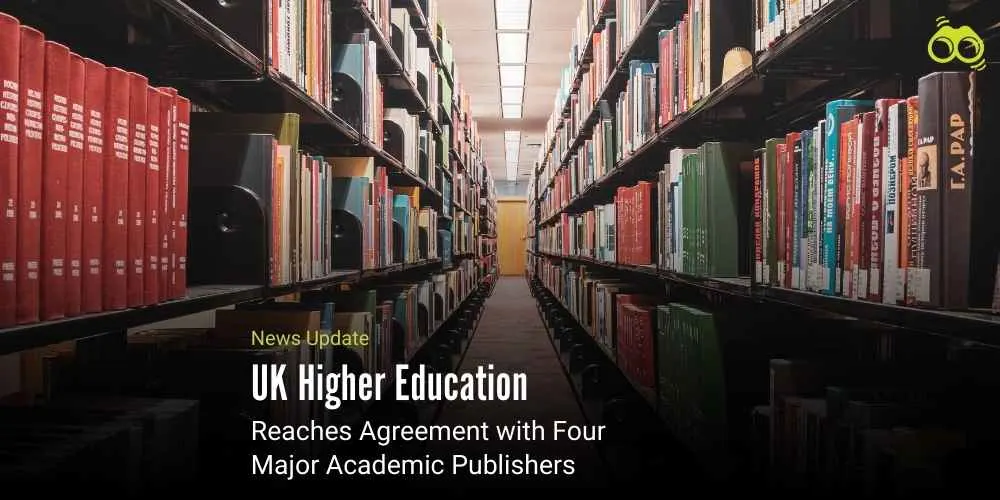
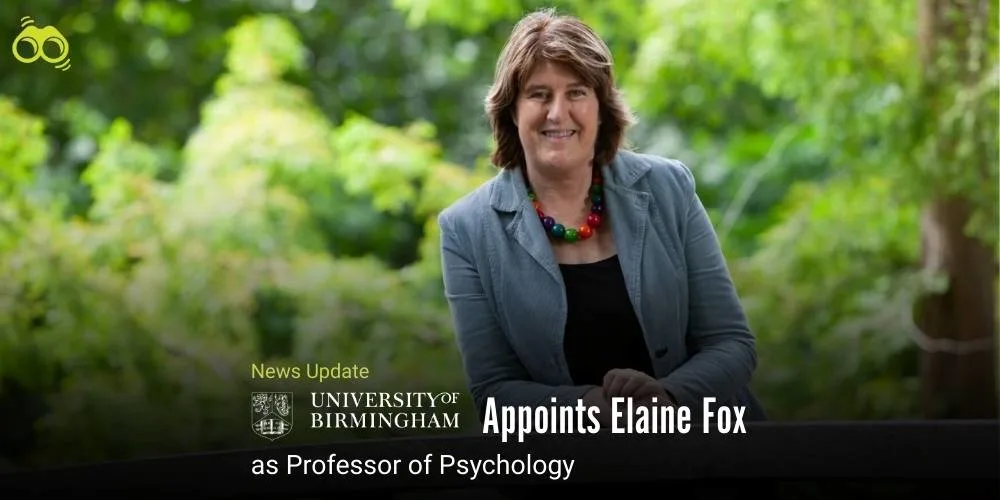

0 Comments (Please Login To Continue)